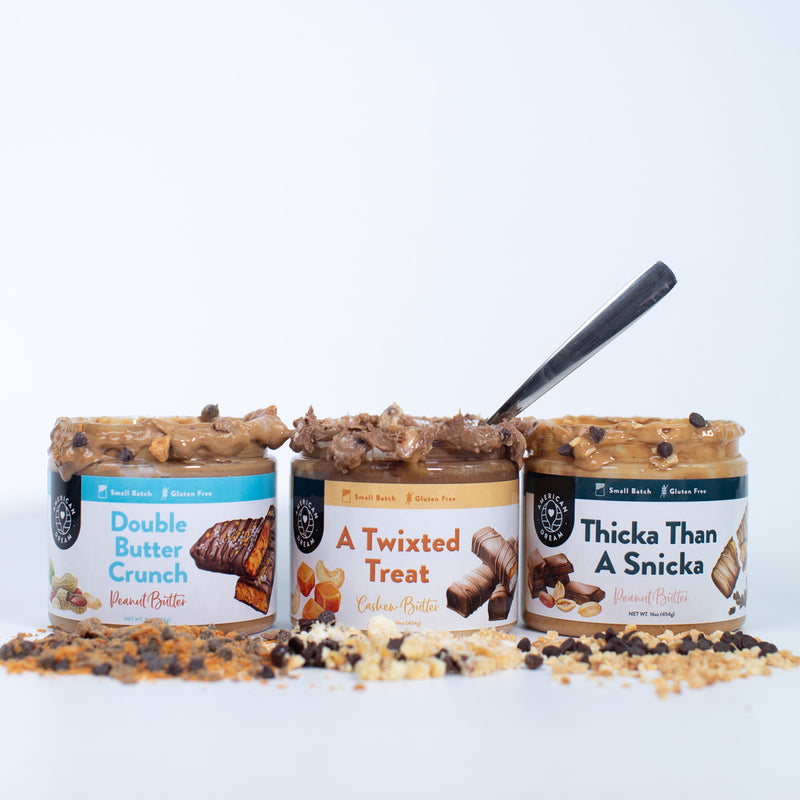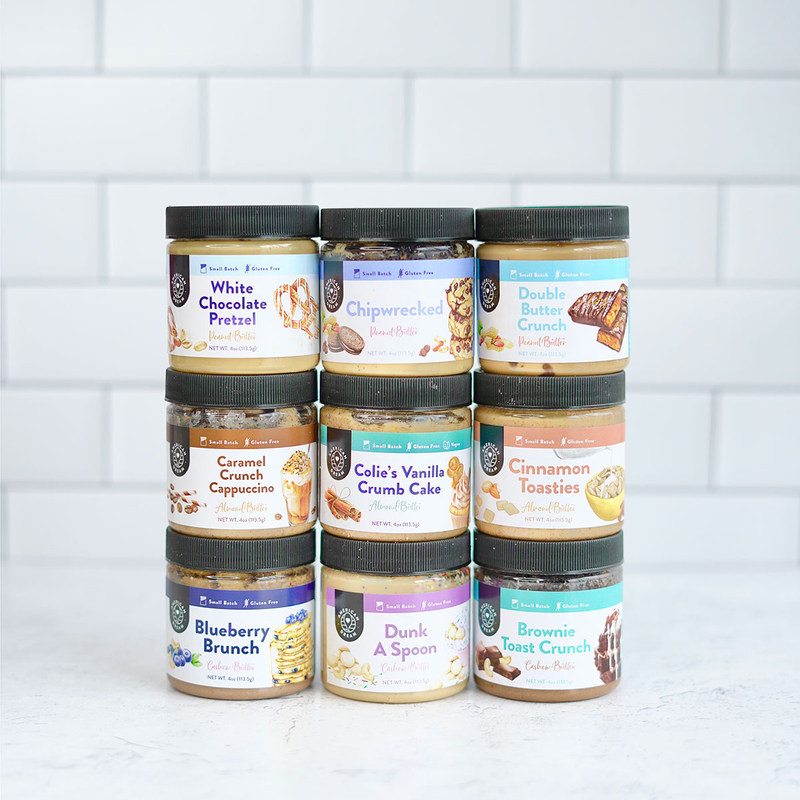How to Help Your Children Build Healthy Eating Habits
As a parent, you know firsthand how notoriously picky kids can be when it comes to eating. Not only can this be incredibly frustrating, but it leaves you wondering if they're getting enough nutrition.
Building healthy habits from a young age helps your children stay healthy for their entire lifetime. Before you go Googling "how to make your kids eat healthy," take a step back.
The first thing to keep in mind is that you can't make your child eat something they aren't willing to put into their mouth. That means you're going to need some other strategies for making it happen.
Use this handy guide to teach healthy eating without a battle every time you sit down at the table.
What Your Child Should be Eating
To support good overall health and an appropriate weight for their age and height, your child should be eating a variety of foods from each food group.
That includes plenty of fruits and vegetables, whole grains, lean protein, and low-fat dairy products (before age two, your child may still need full-fat dairy).
This helps fulfill the quota for the vitamins and minerals and other nutrients your child needs to grow and thrive.
While deficiencies aren't that common, if your child refuses an entire food group, talk to his/her doctor to make sure he/she is not missing out on anything vital.
Keep reading to find out how to get your little one to try new foods and hone his/her palate so he/she enjoys almost anything you serve him/her.
Model Healthy Eating
If you show your child how to live a healthy lifestyle, chances are he/she is going to follow suit. That gives you a powerful way to instill the eating habits you want to see in your child.
You can do this by enjoying meals together. Prepare a healthy breakfast, lunch, or dinner and then sit down and eat it with your child. So often, parents serve their kids separately because it's easier.
However, one of the easiest ways to get your child to eat new foods is to do so yourself. Even if he/she is not willing to do so the first few times you offer, he/she may take a bite once he/she has been exposed to the food several times.
Let Your Child Participate
Children are often much more willing to eat healthy foods if they have a hand in choosing and preparing them. At the grocery store, give a few healthy options and then hand over the reins and let them choose which one.
At home, give your child age-appropriate tasks during meal prep. That might be stirring, getting items from the refrigerator, or opening packages for you.
By getting your child involved, you're giving him/her some of the power. When kids feel some control over what they eat, they are often more willing to give something new a try.
Don't Withhold or Reward with Food
Labeling food as "good" or "bad" is a surefire way to create an unhealthy relationship between your child and their food. For that reason, food should never be a reward.
You should never make certain foods off-limits either. Creating this forbidden aspect is only going to make your child want that food more. This increased focus on food isn't healthy for anyone.
Instead, keep food neutral. Fill your refrigerator and pantry with healthy choices that your child eats most of the time. Don't make a big deal out of the occasional treat.
This shows your child that you can enjoy nutritious foods, but it's fine to indulge from time to time. They'll begin to understand that all food can be enjoyed in the proper amounts.
Avoid Forcing It
Healthy eating for kids doesn't have to be a constant struggle. You can take a lot of pressure off yourself if you remember that kids have fluctuating appetites.
At various stages of their development, a child might be ravenous at mealtime for several days, then barely touch their food on subsequent days.
This is normal and forcing a child to eat is another way to create an unhealthy relationship with food.
Allow your child to decide when they are full and is ready to be done eating. Even if your child didn't eat much, avoid cajoling your child into eating more. This sets the stage for eating more than is necessary as your child gets older.
You should also avoid telling your child they can't leave the table until they finish their meal. Doing so can cause your child to have a negative association with mealtime and can harm healthy habits as they get older.
Pay Attention to Portion Size
Healthy living involves eating the right foods, but it's also important to keep portion size in mind. Age-appropriate servings ensure that your child gets the nutrients they need without going overboard.
Regularly offering more food than your child needs sets them up to get into the habit of overeating. That's going to cause problems their entire life, so it's best to nip it in the bud at an early age.
Enjoying foods in the proper portion sizes also ensures that your child has an appetite for a variety of foods. That maximizes nutrient intake and boosts overall health.
So, whether it's nut butter, a sandwich, apple slices, or a cookie, pay attention to the recommended serving size. This allows for balancing each food group in the most optimal way.
Enjoying Mealtime Again
This handy information is all you need to take the dread away from mealtime and turn it into something you enjoy again. Healthy eating doesn't have to be a battle.
These simple steps will instill healthy habits and show your child how to make the right food choices for a lifetime.
Before you go, check out our healthy nut butter and learn how it can be a part of a nutritious meal plan.
 All Nut Butters
All Nut Butters
 Highest Protein
Highest Protein
 Butter Bundles
Butter Bundles
 Indulgent Butters
Indulgent Butters
 Sample Sizes
Sample Sizes
 On-The-Go Packs!
On-The-Go Packs!
 Retiring Soon!
Retiring Soon!
 Paws Off
Paws Off
 Nutrition
Nutrition
 Merch
Merch
 Gifting
Gifting
 Holiday In Dreamville
Holiday In Dreamville

